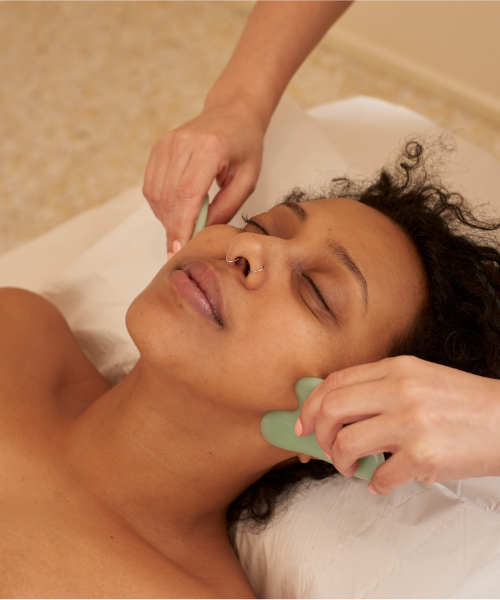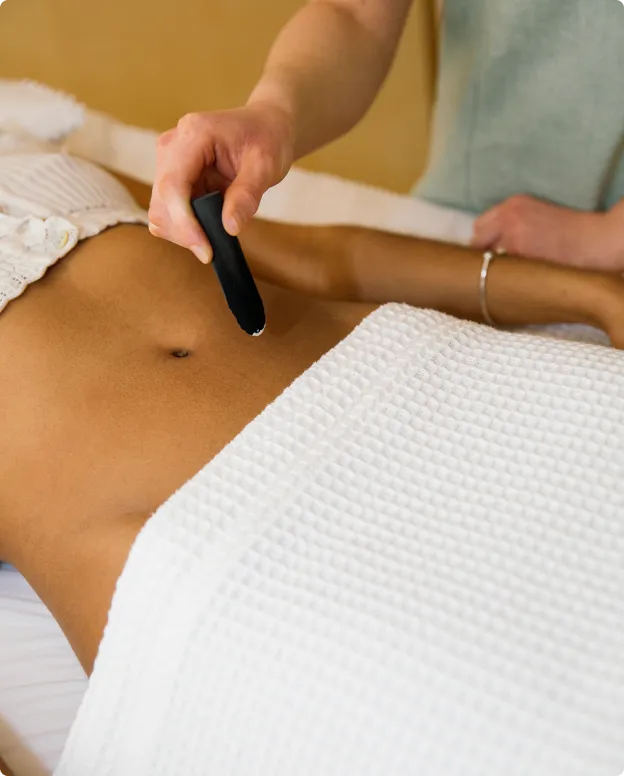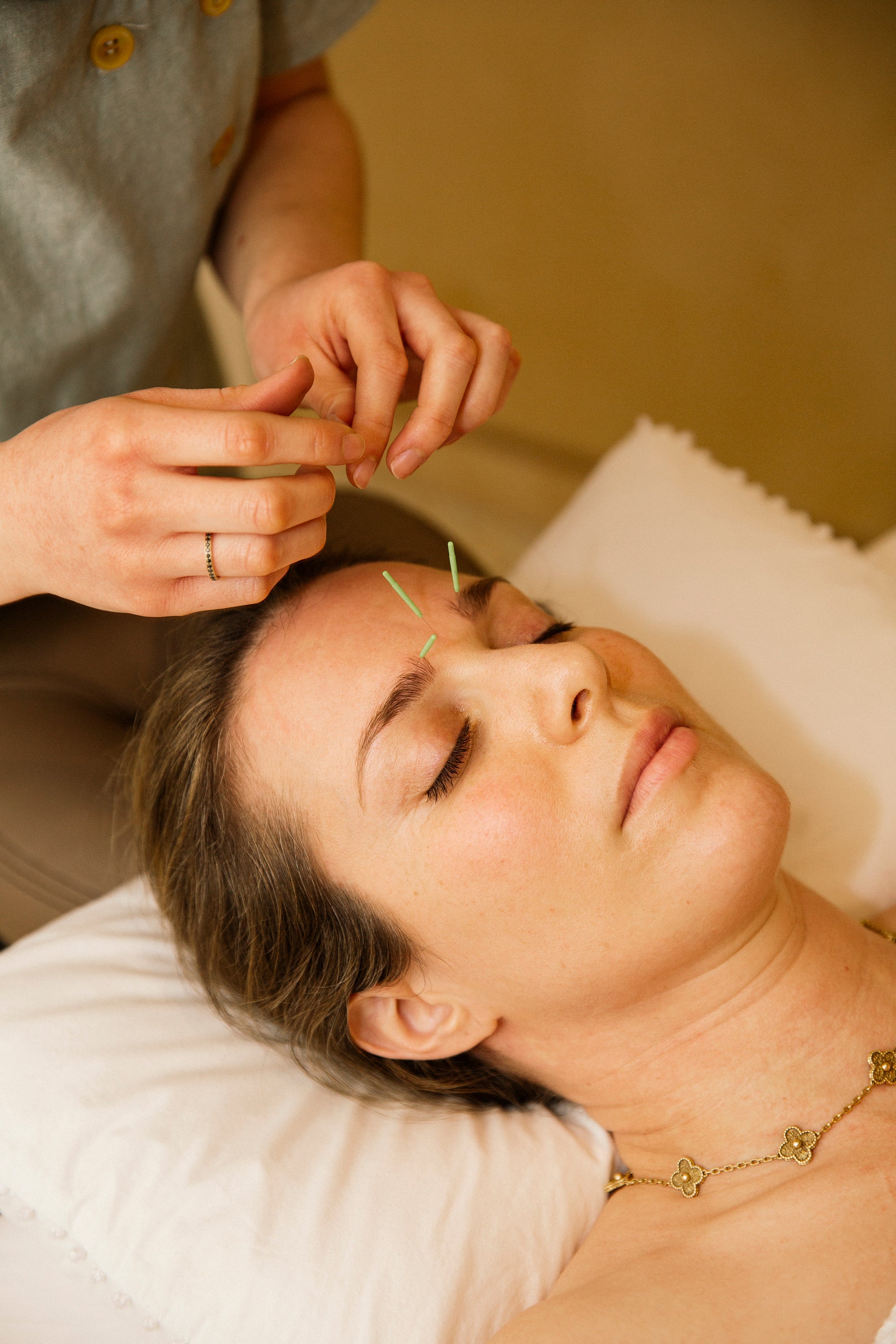According to Traditional Chinese Medicine (TCM), pain is believed to result from blockages in the flow of qi and imbalances between the body's opposing forces, such as yin and yang. By inserting needles into acupuncture points, acupuncturists aim to stimulate the flow of qi and restore balance, addressing the underlying cause of pain.
We already know that acupuncture involves inserting thin needles into specific points in the body to promote health and alleviate various mental and physical conditions, including pain. Meanwhile, cupping involves placing cups on the skin and creating a vacuum to suction the skin upward to promote blood flow, reduce inflammation, and stimulate healing.
But how exactly can these two ancient therapies help with pain management?
According to Traditional Chinese Medicine (TCM), pain is believed to result from blockages in the flow of qi and imbalances between the body's opposing forces, such as yin and yang. By inserting needles into acupuncture points, acupuncturists aim to stimulate the flow of qi and restore balance, addressing the underlying cause of pain.
On the other hand, Western science presents several explanations behind the acupuncture mechanism for pain relief:
- Research suggests that acupuncture stimulates the release of neurotransmitters, such as endorphins (natural painkillers) and serotonin. These substances can help modulate pain signals and promote a sense of well-being.
- Acupuncture also has neurological effects and may influence the central nervous system, affecting the perception and processing of pain signals in the brain and spinal cord.
- Some studies indicate that acupuncture has anti-inflammatory effects, potentially reducing inflammation-related pain.
- Needling acupuncture points stimulates connective tissues, initiating a cascade of biochemical responses contributing to pain relief and tissue repair.
- According to the gate control theory of pain, acupuncture influences the gating mechanism in the spinal cord, regulating the transmission of pain signals.
TCM suggests that cupping helps promote the flow of qi and blood in the body. Improved circulation contributes to pain relief by reducing stagnation and stimulating the body's natural healing process. In other words, cupping eliminates stagnant or blocked energy and removes toxins and metabolic waste, promoting a healthier energy flow.
Western science breaks down the cupping mechanism into:
- Cupping increases blood circulation in the treated areas, potentially improving tissue oxygenation and nutrient supply. Enhanced blood flow may aid in removing metabolic waste products, reducing muscle soreness and tension.
- Some studies suggest that cupping has anti-inflammatory effects, which can be relevant for managing pain associated with inflammatory conditions.
- It influences the autonomic nervous system, leading to relaxation and reduced stress. By modulating the nervous system, cupping may help alleviate pain related to tension and stress.
- It can stimulate the fascia and connective tissues, potentially triggering a release of tension and promoting healing.
So, if you are experiencing acute or chronic physical pain, acupuncture and cupping may be the right natural solution and way out.









